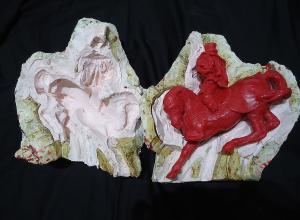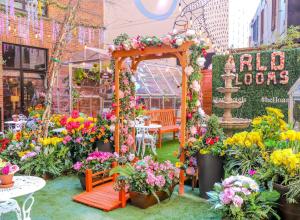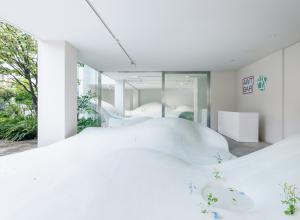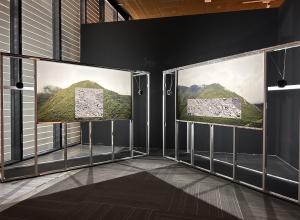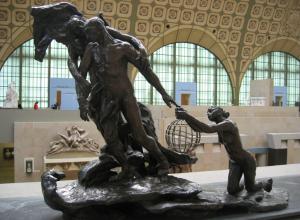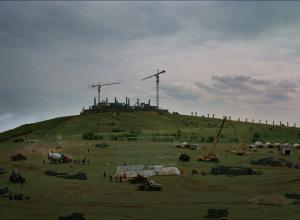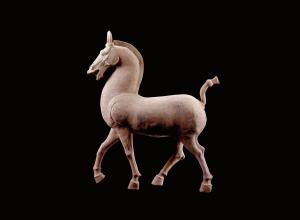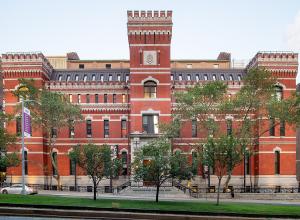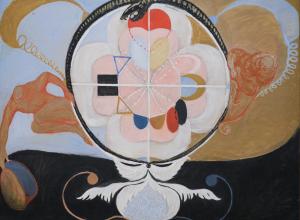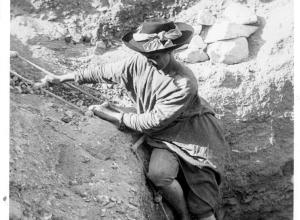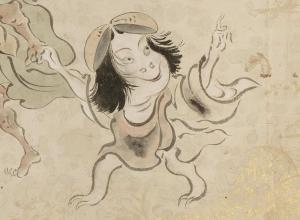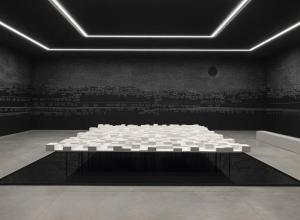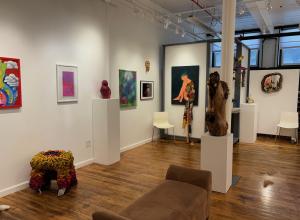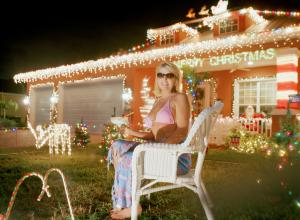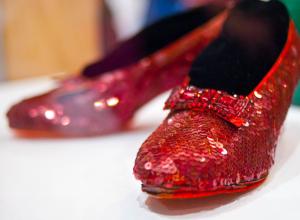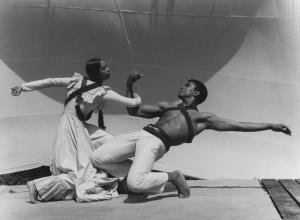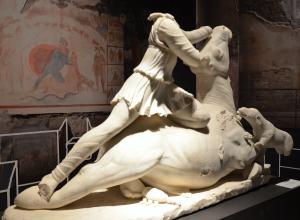Categorized as an Old Master within the canon of art history, Sir Peter Paul Rubens' work is characterized by a high concentration of color, movement, and form. Surpassing visual dynamism, many of his masterpieces aptly convey key socio-religious conflicts of the period.
Art News
Psychologically, blue has a calming effect and green is enlivening. Combine the two and you have a wonderful balance. Teal offers a colorful haven between tranquility and revitalization, like the ocean and palm trees; a tropical beach vacation; a soothing respite for the senses.
The Brazilian poet, essayist, and art critic Ferreira Gullar is credited with writing the original Neo-Concrete Manifesto. It was also Gullar who first identified a need to react against the rigidity and cool rationalism of geometric abstraction that arose in Europe after WWI.
Simplicity in structure and design is the key element in all of Ando’s commissions. His use of concrete consistently belies its density and he always seems to incorporate an airy weightless effect with glass, reflection, and light.
As usual, a dynamic host of exhibitions spotlighting queer artists are available throughout the month and beyond. To help you cut through the noise, Art & Object has assembled this shortlist of Pride events for June, 2022.
From Michelangelo's marble masterpiece to equally amazing but lesser-known works, here are some of the most fascinating representations of David in Renaissance and Baroque arts
Artists have long explored human feelings through a variety of media and perspectives. Love and anger, opposite as well as complementary forces, provide us with some of the most captivating examples of the representation of emotions through art.
It’s safe to assume that Chihuly is one of the most recognized surnames in contemporary American art. The glass master is so popular that, in 1992, he was named the first National Living Treasure. Over the long arc of an illustrious career, in exhibitions across the nation and abroad, both indoors and out, Chihuly’s glass has delighted thousands upon thousands.
Although she is widely seen as one of art history’s most important sculptors, many of Katarzyna Kobro’s (1898-1951) works are no longer extant. This is especially true of her earliest artworks. The loss is a real tragedy as she and her work have been called innovative, brave, and influential. Fortunately, other kinds of records do still exist for many of these artworks.
When we think of Leonardo da Vinci’s most notable works, it would be easy to assume the women behind the Mona Lisa or Lady with an Ermine were his muses. One may therefore be surprised to discover that his pupils, Gian Giacomo Caprotti and Francesco Melzi, have the honor of this distinguishment.















